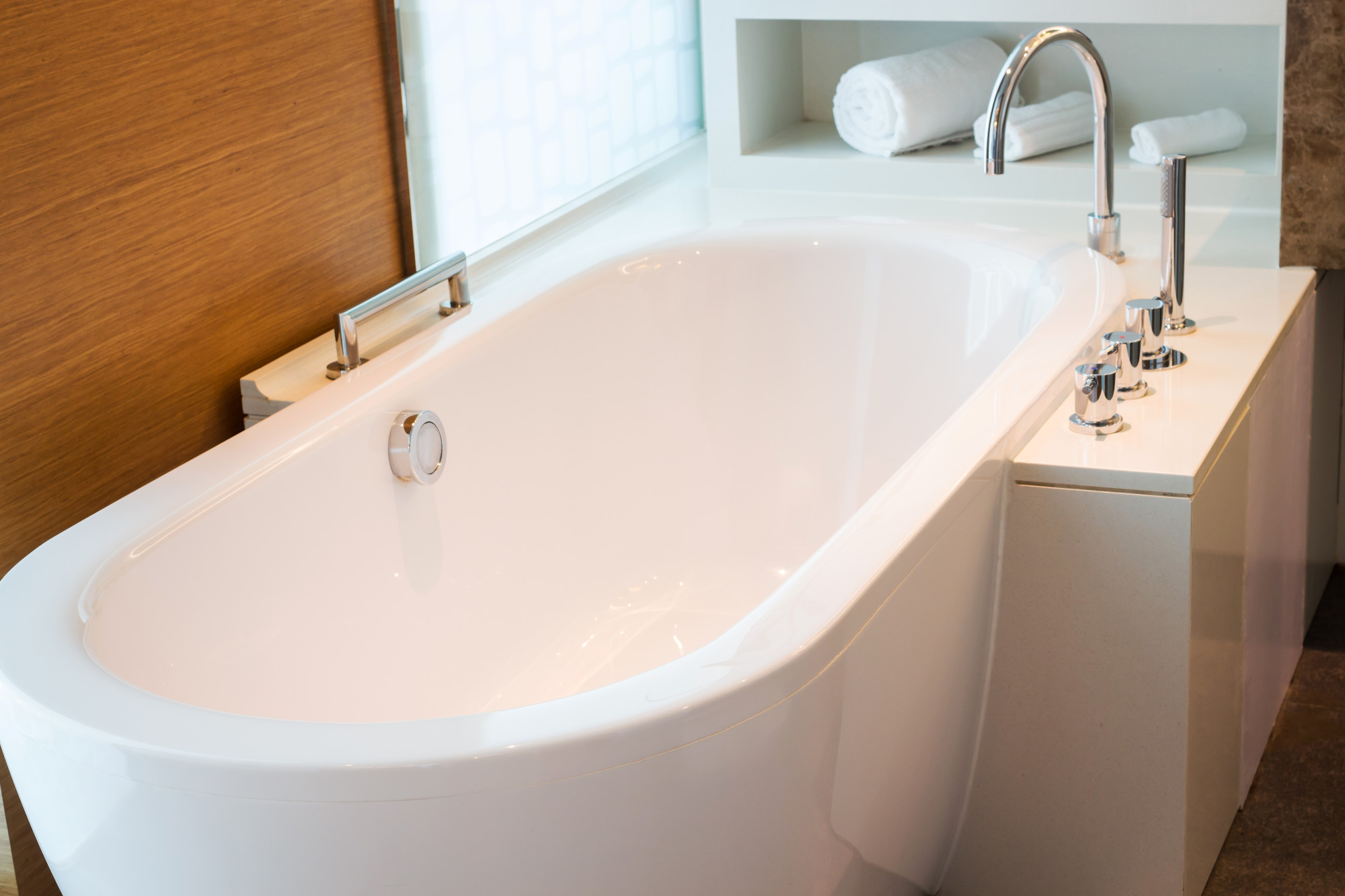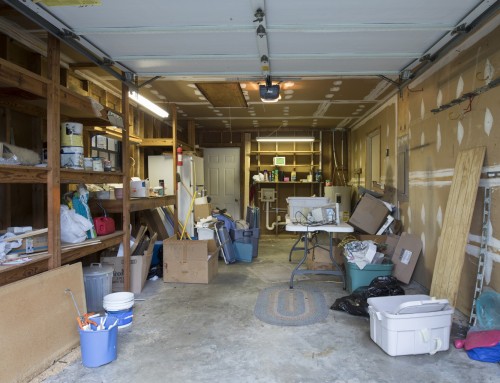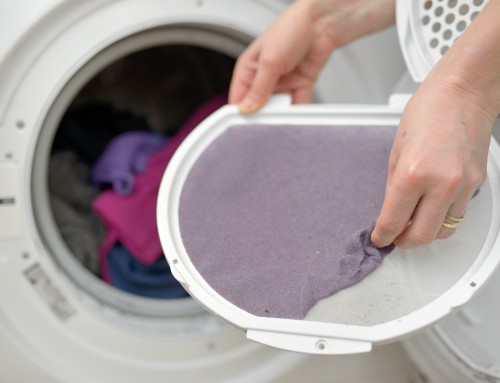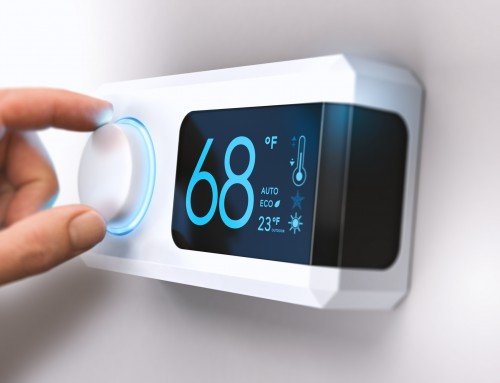Dealing with a plugged bathtub but don’t know what to do about it? When calling a plumber is not an option, and you need a solution fast, there are a few things you can do to unclog the drain.
From homemade baking soda and vinegar solution to using small sewer cameras to detect the blockage, these tricks will help you save time and money. If the blockage is deeper into the drain, you might need to use chemical drainers or call your plumber before more damage happens.
Keep reading to learn how to clear a clogged bathtub drain and get the water flowing again.
1. Use a Plunger
Plungers are not just for clogged toilets — they’re the best home tool for unblocking a clogged bathtub as well. If the blockage is near the surface, you’ll be able to unblock it in a few minutes.
Pour a kettle of hot water down the drain or use drain cleaners to get rid of any remaining gunk. Test the drainage to see if the blockage is clear and use a bigger plunger if necessary.
If the blockage is deeper into the drain, you won’t be able to unclog it with only a plunger. In this case, it might be best to use strong drain cleaners that’ll reach the blockage and dissolve it. Then, use the plunger to complete the unblocking.
To check if the drain is clear, run the water on high and see how fast it goes down. If you still notice blockages, move on to the next steps, or call a plumber.
2. Baking Soda and Vinegar Solution
Sometimes, when all else fails, a good old baking soda and vinegar solution can do wonders for a clogged drain.
Start by pouring a kettle of boiling water into the drain to unclog smaller blockages. Then, make the solution by mixing 1/2 cup of baking soda and 1 cup of white vinegar. After that, pour the solution directly into the drain.
The mixture will start to bubble up and sizzle, which means it’s working. Let the mixture act for at least 15-20 minutes. Then pour a full kettle of boiling water down the drain.
Rinse with cold water afterward. Repeat as many times as needed until the water goes down the drain smoothly and with no obstructions.
3. Use a Chemical Clog Remover
If a natural solution doesn’t work, you should consider using a chemical clog remover, i.e., drain cleaner. These products are powerful and dangerous for human health, so you need to exercise extreme caution and be very careful in handling them. Make sure to wear goggles, hand gloves, a face mask, and long sleeves to protect your skin from burning and irritation.
Clog removers are very fast and effective in dissolving any types of blockages at any depth.
First, you rinse the drain with hot water. Then, you pour the drain cleaner directly into the drain (do not pour it from too high up). Next, you let it sit for about 20 minutes before rinsing it once again with hot water.
Different products have different instructions and work in different ways. Some use cold water, while others use boiling water, so make sure to read the instructions on the packaging before use. After using a chemical clog remover, open the windows to let the fumes out and let the bathroom ventilate for a few hours.
4. Sewer Camera Inspection
If you’re not sure what’s clogging the drain, you can get a sewer camera inspection to see what’s happening. These tiny cameras will give you an accurate picture of the exact place where the drain is clogged as well as the type of clog you have.
This way, you’ll know what to do next, what materials and tools to use, as well as assess the possible damage. Sewer cameras are an easy and effective way to fix clogged drains without wasting time on guessing or trying different things until you find the right solution.
5. Use a Drain Claw
Drain claws are effective tools for removing the gunk from blocked drains. Before you try to unblock a drain, make sure you can handle whatever comes out on the claw. If you get an icky or queasy feeling from this, it’s best to leave this step to someone with a more resilient stomach.
Otherwise, start by removing the drain stopper or strainer. Insert the drain claw as far as you can inside the drain. Then, start pulling upwards. The claw will catch any gunk or clumps of hair in the drain.
Remove the gunk from the claw and start the process again. Continue the process until the claw comes out clean. Rinse with water and run the water to check the drainage.
How to Prevent a Clogged Bathtub in the Future
If your bathtub keeps clogging and you constantly need to unblock it, call a plumber to diagnose the problem. There might be a problem with the pipes, an issue with your home drainage system, or even your bathtub construction.
To prevent future blockages from happening, always remove all visible hair from the bathtub before starting the water. Better yet, use a drain protector that’ll stop the hair and other things from going down the drain and cause blockages. Finally, if the bathtub’s shape and form contribute to slow water drainage, invest in a higher-quality bathtub designed to avoid this problem.
Your Plugged Bathtub Is a Thing of the Past With These Tips
Whether this is your first time dealing with a plugged bathtub or it’s a common issue in your house, these tips will help you remove blockages and get the water draining fast again. Use a drain protector to catch all the gunk and hair and take care of the pipes and drains properly by cleaning them at least twice a month.
Want more useful home repairs and maintenance tips? Read some of the other articles we’ve written on these topics and check back for more news and updates.











